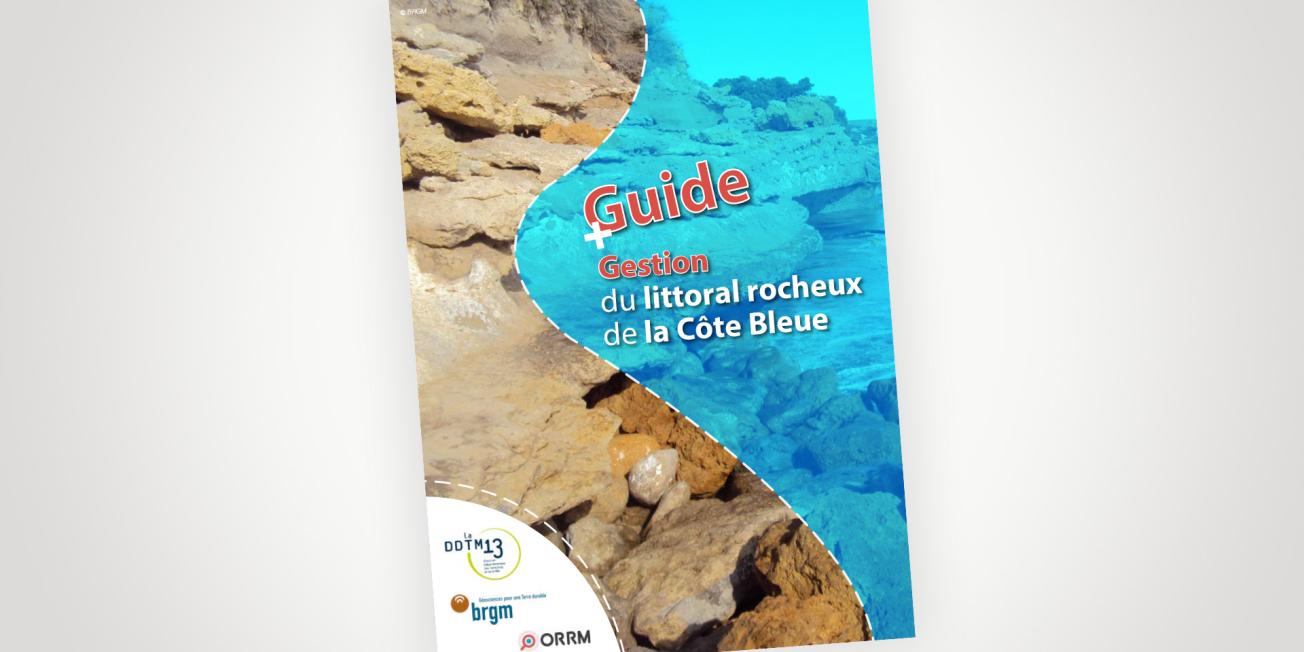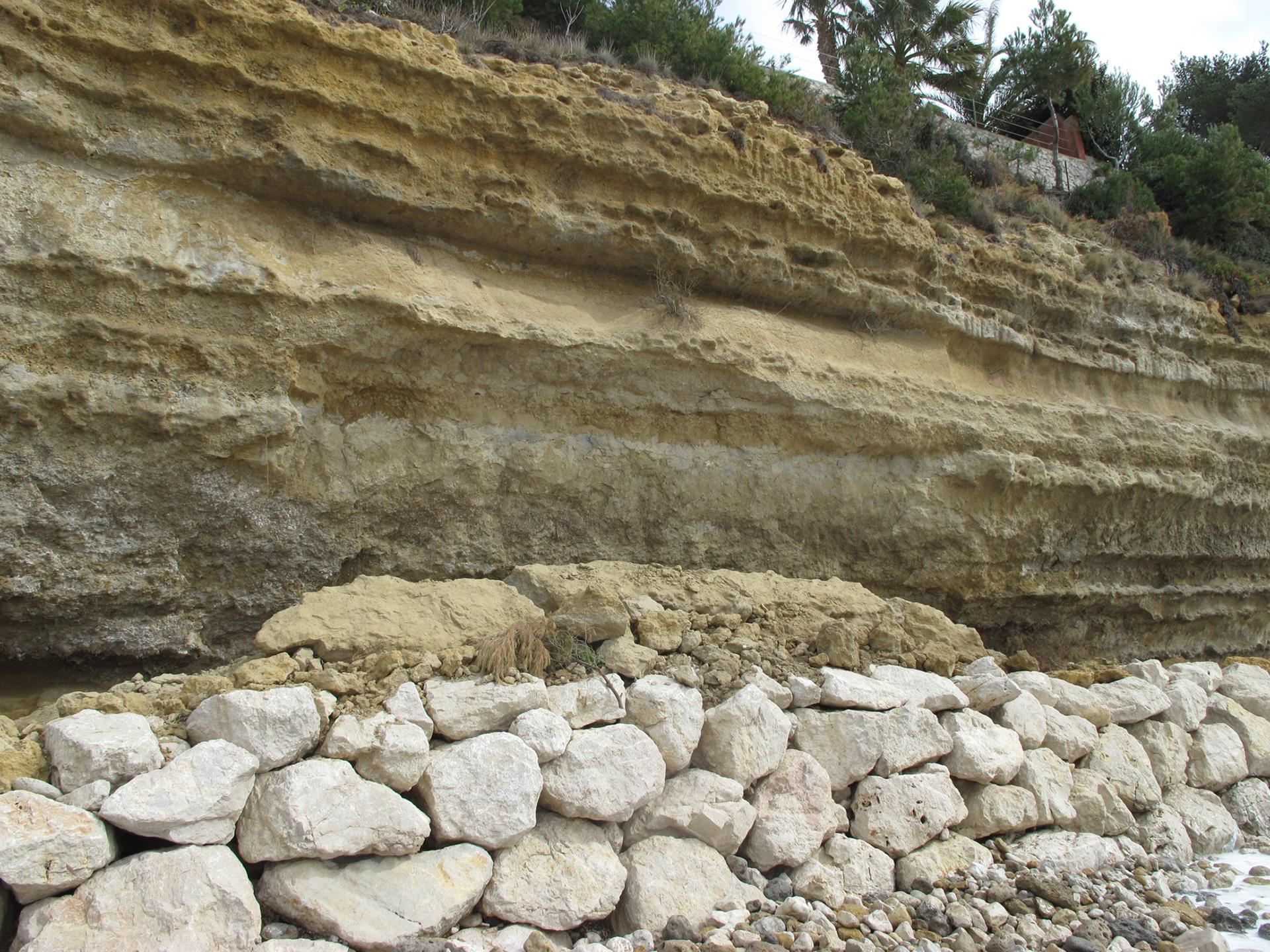
Cover of the guide "Management of the rocky coastline of the Côte Bleue".
© BRGM
At the request of the Bouches-du-Rhône Department for Inland and Marine Areas (DDTM 13), BRGM has written a guide to managing the rocky coastline of the Côte Bleue to the west of Marseille.
Understanding the erosion of the Côte Bleue
Intended for local authorities and property owners, this guide discusses the process of coastal erosion in this area, showing how it is linked with the geology of the region as well as with climate change.
Produced for the Regional Observatory of Major Risks in the Provence-Alps-Côte d'Azur region (ORRM PACA), the guide to managing the rocky coastline of the Côte Bleue pursues two objectives:
- provide the data acquired from studies conducted over the past fifteen years on the subject of coastal cliff instability,
- raise awareness concerning the phenomenon and the approach required.
The guide also refers to the legal framework for managing the problem, based on the general legal code applicable to local authorities, as well as on the specific characteristics of the French coastline and, more particularly, the recent Climate and Resilience Act.
Promoting good practices among residents
Residents of coastal cliff areas can take a number of steps to avoid further aggravating the erosion and fragility of the cliff. The guide will help people living on this coastline to observe the phenomenon more clearly and to protect themselves. The guide also includes the good practices to be implemented by owners of land along the coastal cliff line.

Extract from the guide
Three fundamental principles are key to understanding good practices:
- Any discharge, run-off or infiltration of water on land near the edge of a coastal cliff could aggravate the natural process of erosion, weakening the coastline and leading to damage that could result in rupture and a possible landslide.
- Any overloading (such as with a new annex or swimming pool) on an unstable or weakened base (cliff head) increases its fragility.
- Any structure performing an essential function in supporting the terrain (retaining structures) or draining away water (drains, pipes, etc.) and that is not maintained will cease to fulfil its function after a certain period.
Supporting local authorities in spatial planning
The guide to managing the rocky coastline of the Côte Bleue is intended for:
- elected officials so that they can take account of the phenomenon in their land use planning and in the prevention strategies available to them;
- technicians working for the local authorities, to enable them to conduct practical observation, monitoring and surveillance through a range of possible protection techniques depending on the context.
A second guide for elected officials, produced by BRGM in partnership with the DREAL PACA on managing the risk of coastal cliff instability along the entire coastline of the PACA region will be published at the end of 2022. These two documents will be used as part of the workshops to be held by EUCC France (Coastal and Marine Union) on the Var coast in autumn 2022.







